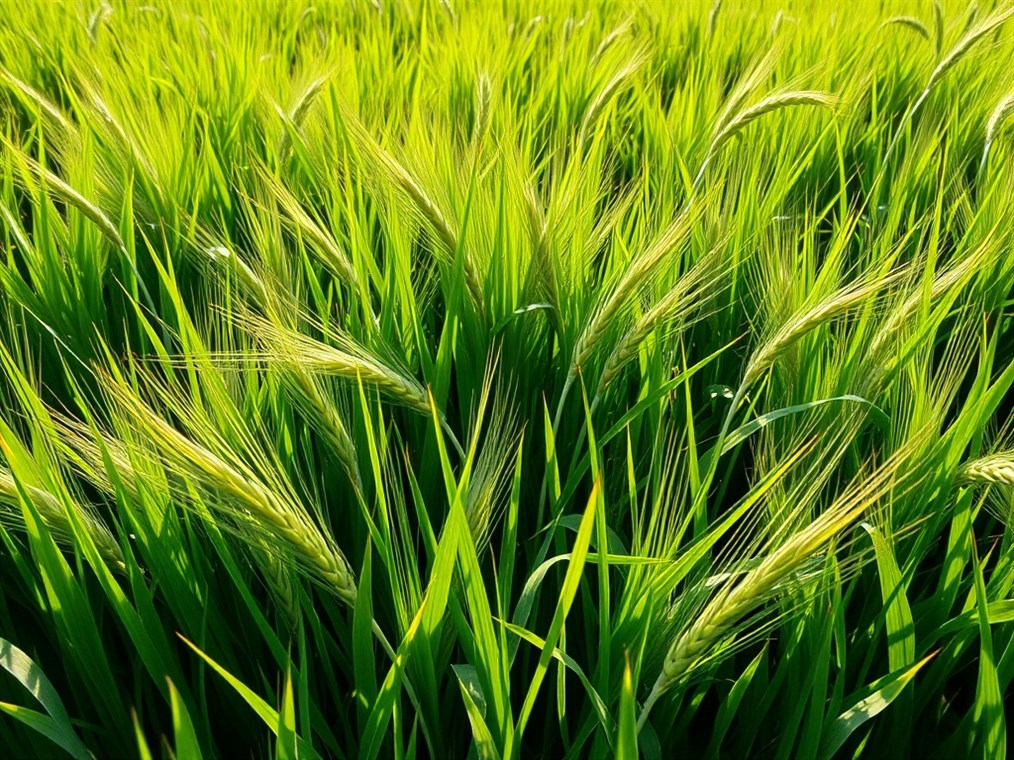Wheatgrass and Barley Grass: Are They Really Gluten-Free? Let’s Clear Things Up
Okay, so you’re navigating the gluten-free world, right? It can feel like a minefield, especially when you’re trying to be healthy and you keep hearing about wheatgrass and barley grass. “Are these things safe?” you wonder. Good question! Let’s dive in and get some clarity.
See, if you’re dealing with celiac disease or even just a sensitivity to gluten, you know how crucial it is to read labels and do your homework. Gluten, that sneaky protein in wheat, barley, and rye, can really mess things up. So, what about these “grasses” that come from gluten-containing grains? Are they secretly harboring the enemy?
Well, here’s the deal: Wheatgrass and barley grass are basically the baby versions of their respective plants, harvested way before any actual grain develops. And that’s the key to the whole gluten situation.
Wheatgrass, that vibrant green juice some people swear by, comes from the common wheat plant. But here’s the cool part: it’s usually gluten-free because it’s harvested before the wheat seeds even think about sprouting. Gluten hangs out in the seed kernels, not so much in the grass itself. Think of it like this: you’re eating the leaves, not the grain.
Usually.
There’s always a catch, isn’t there?
See, if the farmer gets a little overzealous and harvests after the seeds start to form, or if some sneaky immature wheat seeds accidentally hitch a ride, you could end up with gluten in your wheatgrass. And nobody wants that. Cross-contamination is another potential issue. If the same equipment is used for, say, milling wheat flour and then processing wheatgrass, well, you can see the problem.
That’s why I always say: certification is your best friend. Look for that “certified gluten-free” label. It’s like a little badge of honor, telling you that the product has been tested and contains less than 20 parts per million (ppm) of gluten. The FDA sets that limit, so you know it’s legit. Manufacturers should also be testing for gluten using something called the R5 ELISA test – it’s the gold standard.
Now, barley grass is where things get a little trickier. Like wheatgrass, it can be gluten-free. Again, we’re talking about the young leaves, harvested before the seeds pop up. But, and this is a big but, the risk of contamination is higher.
Why? Well, barley plants are just a little more eager to sprout those seeds. They’re like the overachievers of the grass world. This means there’s a greater chance that some seeds might sneak into your barley grass powder. And, just like with wheatgrass, processing in facilities that handle barley grain is a recipe for potential cross-contamination.
Honestly? Because of this higher risk, a lot of experts (and I tend to agree with them) suggest that if you’re super sensitive to gluten, especially if you have celiac disease, you might want to steer clear of barley grass unless it’s clearly certified gluten-free. Don’t take chances!
So, how do you stay safe? Here’s my personal checklist:
- Certification is King (or Queen): Seriously, look for that certified gluten-free label.
- Read the Fine Print: Scrutinize those ingredient lists!
- Be a Nosy Neighbor (Contact Manufacturers): If you’re unsure about something, call the company! Ask about their harvesting and processing methods. Do they test for gluten? How?
- Get Your Hands Dirty (Grow Your Own): If you’re feeling ambitious, try growing your own wheatgrass or barley grass. It’s actually pretty easy, and you’ll have total control over the process. Just be careful to avoid seed contamination.
- Ask the Doc (Consult a Professional): If you have celiac disease or a serious gluten sensitivity, chat with your doctor or a registered dietitian before adding these to your diet.
The bottom line? Both wheatgrass and barley grass can potentially fit into a gluten-free lifestyle, but you need to be smart about it. Wheatgrass is generally the safer bet, but always look for that certification. When in doubt, play it safe. Your health is worth it!

